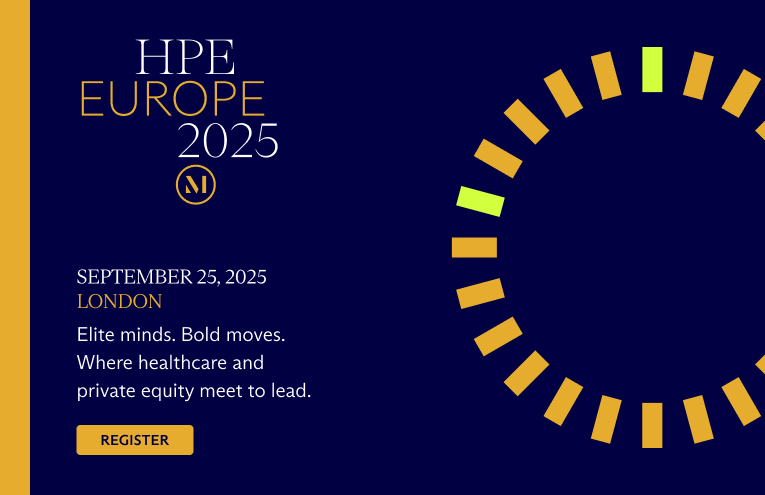Overview
In a key decision (that seems unlikely to be the final answer on the topic), the US Patent and Trademark Office determined that an artificial intelligence (AI) system can’t be an inventor of a patent. This ruling follows similar rulings by the European Patent Office and the UK Intellectual Property Office.
In Depth
In a decision published April 27, 2020, the US Patent and Trademark Office (USPTO) ruled that artificial intelligence (AI) systems cannot be listed or credited as inventors on a US patent (DABUS decision). In re Application of Application No.: 16/524,350. The DABUS decision stated that an “inventor” under current patent law can only be a “natural person.” This ruling follows similar stances adopted by the European Patent Office and the UK Intellectual Property Office.
Normally, USPTO decisions on patent appeals do not generate widespread press, but the decision on Application No. 16/524,350 is an exception. As AI systems continue to advance and begin to look more like human creators, the DABUS decision likely will not be the last time the USPTO addresses the issue of inventorship by machine.
The Artificial Inventor Project (AIP) comprises a team of international patent attorneys dedicated to exploring the concept of AI patentability. On July 29, 2019, the AIP filed patents with the DABUS AI system listed as the inventor. The application (which remains sealed, despite the publication of the USPTO’s DABUS decision) described “Devices and Methods for Attracting Enhanced Attention” (DABUS application). Specifically, the DABUS application listed the inventor’s name as “[DABUS] and the family name ‘(Invention generated by artificial intelligence.'” The application also listed the applicant as the assignee “Stephen L. Thaler.” Mr. Thaler submitted a substitute statement under 37 CFR 1.64, enabling the application to proceed without the signature of the inventor. The application also contained assignment documentation, assigning the entire right, title and interest of “DABUS, the Creativity machine that has produced the . . . invention” to Mr. Thaler himself. Mr. Thaler executed said document on behalf of DABUS, as the legal representative of the assignor, and on behalf of himself.
After reviewing the filing, the USPTO issued a “Notice to File Missing Parts of Nonprovisional Application” on August 8, 2019, flagging the fact that the DABUS application “does not identify each inventor by his or her legal name.” Seemingly setting the stage to attack the question of AI inventorship, Mr. Thaler filed a petition under 37 CFR 1.181 on August 29, 2019, requesting supervisory review and a vacation of the August 8, 2019, notice. The USPTO dismissed the August 29, 2019, petition on December 17, 2019. Mr. Thaler filed the instant petition on January 20, 2020, requesting reconsideration. The DABUS application and the DABUS decision teed up a core question: can a machine invent under US patent law?
The USPTO formed a clear opinion on the matter, ruling that an inventor “must be a natural person.” Mr. Thaler posed the argument that DABUS, as a “creativity machine,” is “programed as a series of neural networks that have been trained with general information in the field of endeavor to independently create the invention.” More simply put, Mr. Thaler argued that DABUS is a machine designed to invent, and because DABUS itself recognized the novelty of its invention, DABUS should be attributed as the inventor, not Mr. Thaler. “Petitioner asserts that DABUS was not created to solve any particular problem, and it was not trained on any special data relevant to the instant invention. Instead, it was the machine, not a person, which recognized the novelty and salience of the instant invention.”
In analyzing Mr. Thaler’s assertion, the USPTO sidestepped the forward-looking issue of machine thought, firmly rooting its decision in existing statutes and case law. The agency stated that the patent statutes themselves preclude a broad interpretation of inventorship going beyond natural persons. Title 35 of the US Code refers to inventors as “natural persons,” using the words “whoever” (suggesting a natural person) and “himself” and “herself” (again suggesting that inventorship is limited to natural persona). Following that argument, the USPTO held that interpreting the patent statutes broadly to encompass machines as well as natural persons would be contrary to the text of the law.
The USPTO also referenced the fact that federal courts refer to inventors as natural persons as well. In Univ. of Utah v. Max-Planck-Gesellschaft zur Förderung der Wissenschaflen e.V., the US Court of Appeals for the Federal Circuit held that a state could not be an inventor. The court wrote that mental gymnastics are required to invent, and in order to perform these intellectual somersaults, inventors must be “natural persons and cannot be corporations or sovereigns.” The Max-Planck decision was not the first time the Federal Circuit weighed in on the issue: in Beech Aircraft Corp. v. EDO Corp., the Court held that “only natural persons can be ‘inventors'” as well.
Finally, the USPTO pointed to Title 37 of the Code of Federal Regulations, which references an inventor as a “person,” as well as the Manual of Patent Examining Procedure, which closely hews to Federal Circuit case law. The USPTO stated that both determine that the invention “conception” must come from a natural person. Specifically, the Manual of Patent Examining Procedure continuously references the “mind of the inventor.” The USPTO opined that continued references to “mental” state and the “mind” imply that a natural person must conceive an invention.”
Mr. Thaler argued that the European Patent Office and the UK Intellectual Property Office acknowledged that DABUS created the invention (but did not name the machine as the inventor). The USPTO brushed this argument aside, noting that foreign law applied and that the application was still undergoing review for completeness. In response to Mr. Thaler’s assertion that the principle of inventorship should not be a substantial condition for the grant of patents, the USPTO again summarily dismissed Mr. Thaler’s argument, noting that inventorship has long been a concept of patentability rooted in case law and statutes. While the USPTO previously issued patents relating to DABUS, the agency did not agree with Mr. Thaler’s reasoning that those patents then allowed DABUS to become an inventor. Finally, the USPTO dismissed all of Mr. Thaler’s public policy considerations supporting a machine being named as an inventor, including his argument that doing so would incentivize the use of AI systems.








